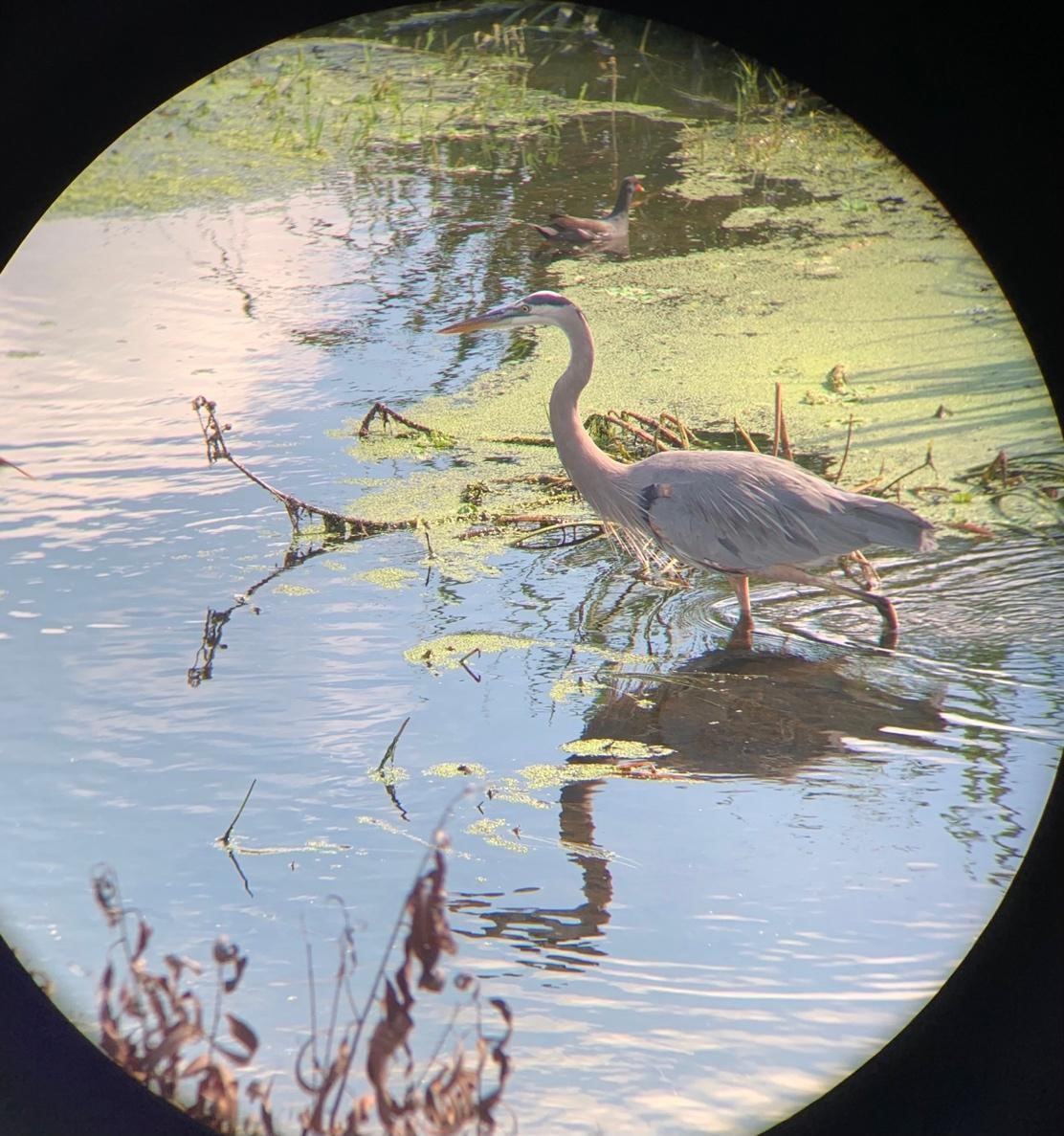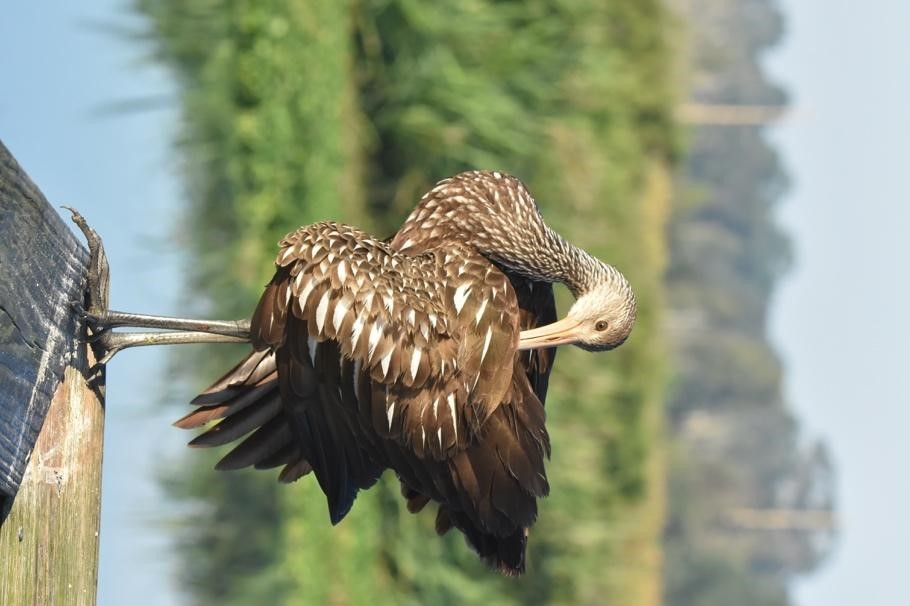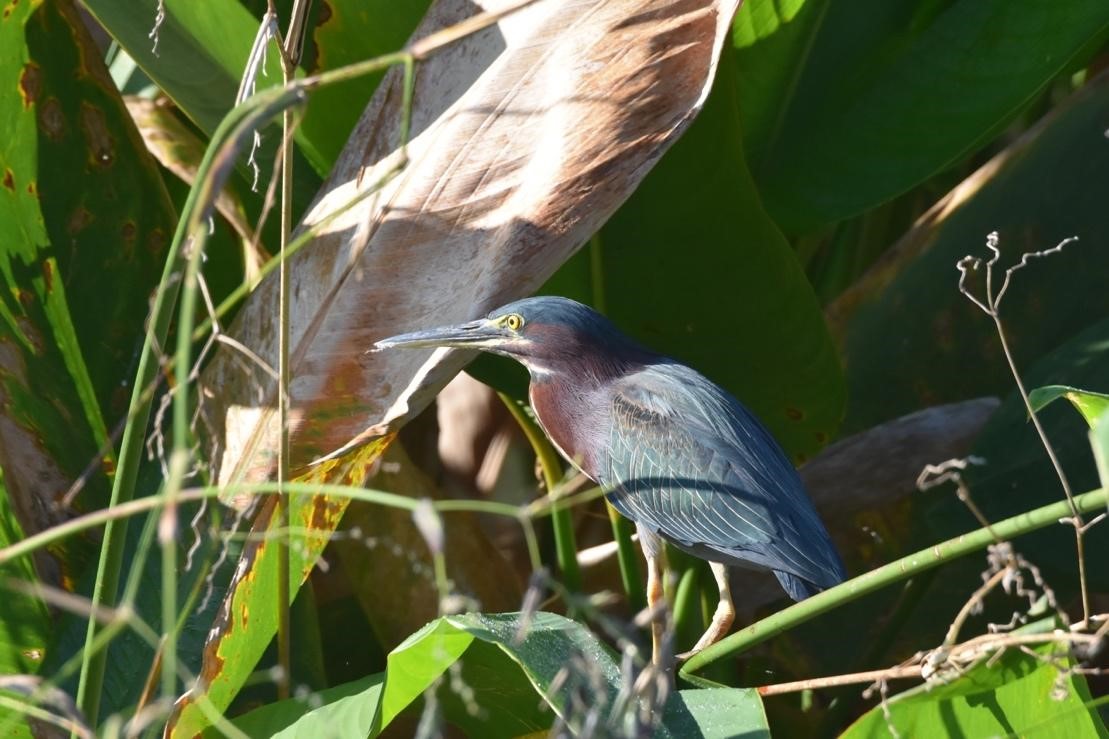
Did you know that in nearly every county across the U.S., there’s an office working on programs for youth development, agriculture, landscaping, health and wellness, community development, natural resource conservation and more? They’re all part of what’s called the Cooperative Extension, or “Extension” for short. They’re one of the most far-reaching, non-formal educational programs there is, working with people of all ages in every U.S. state and territory.
Extension is closely linked with land-grant universities, like the University of Florida and the University of Wisconsin-Madison, that have a three-tiered mission: teaching, research and Extension. For over a century, the underlying purpose of Extension has been to share research from land-grant universities with communities to solve real-world problems. In the past, shared information was focused on mainly agricultural topics, like how to increase crop yields. But today, the mission of Extension has greatly expanded as these universities have broadened their research missions.
A natural fit: Citizen science and Extension
In the 21st century, Extension has increasingly delved into citizen science with the communities they serve, engaging laypeople to not only collect data, but also to create scientific knowledge together.
As Senegalese forester Baba Dioum famously told the IUCN in 1968, “In the end we will conserve what we love; we will love only what we understand; and we will understand only what we have been taught.” Extension-related citizen science projects benefit both researchers and community members by fostering a shared understanding of the natural world.
A diversity of Extension-related citizen science projects
Extension participates in citizen science on the East coast, the West coast and everywhere in between. For example, New Hampshire Sea Grant Extension has mobilized Coastal Research Volunteers to serve as coastline stewards assisting with projects, including American eel migration monitoring, horseshoe crab spawning surveys and measuring beach profile changes. North Carolina’s Extension 4-H program participates in the Great Sunflower project, which has grown to be the largest citizen science project focused on pollinators with over 100,000 participants. Along the same lines, Florida Extension created the Native Buzz, where you can track solitary bees and Wasps in your own backyard. Florida Extension also created the Florida Microplastic Awareness Project with the goal of educating others about avoiding purchasing plastics.
Although currently suspended due to COVID-19, the Water Action Volunteers program is a partnership between the Wisconsin Department of Natural Resources and Wisconsin Extension. This program encourages volunteers to collect data about Wisconsin’s streams and rivers, all aimed at improving water quality and other aspects of stream health. Similarly, Arizona Extension and the Arizona Department of Environmental Quality created the Master Watershed Steward program to engage in environmental monitoring. This program provides volunteers with coursework and field work to train them to restore, monitor and conserve water and watersheds.
Citizen science: For the birds?
These projects only scratch the surface of Extension’s citizen science offerings. However, the most expansive citizen science project associated with a land-grant institution may well be eBird, originated by Cornell University.

For many, the name Cornell evokes a feeling of prestige, being an Ivy League university and one of the top-ranked land-grant institutions. However, the reality is that there were only a little under 25,000 individuals enrolled at Cornell in 2021, which equates to approximately 0.00007% of the U.S. population. Citizen science through Extension offers universities a remarkable opportunity to connect more people with science and opportunities to engage with world-renowned institutions of higher education, like Cornell. Cornell is involved with various citizen science projects, ranging from monitoring Sea Star Wasting Disease to tracking Ladybug Observations.
In 2002, the Cornell Lab of Ornithology and National Audubon Society launched eBird to collect rich data sources related to basic information on bird abundance and distribution. Although eBird was not created by Extension, Cornell Extension has played an active role in communicating information about this citizen science project to participants, in addition to providing tools to make bird identification easier. This project is near and dear to my heart, because it was the first citizen science project I participated in!

eBird prompts volunteers anywhere in the world to collect and archive bird observations. To participate, download the eBird app to track bird observations and identify birds. A companion app developed by Cornell, Merlin, makes this task a little easier. Merlin provides a step-by-step guide for identifying birds you either hear or see, and a cool feature about Merlin is that it is powered by eBird and is likely to suggest common birds living wherever you are.
Another tool provided by Cornell is the free, online eBird essentials how-to guide, which includes five lessons covering topics related to bird identification. It is estimated that this online eBird course takes approximately three hours to complete. The creation and use of eBird has led to an improved understanding of migratory bird journeys, bird abundance counts, habitat charts and many other important scientific applications.
However, as with most things in life, there is typically more to eBird data than meets the eye. When human behavior changes, so does data. COVID-19 stay-at-home orders affected the quantity and quality of eBird data being collected. More specifically, birds in urban areas have been reported at a higher rate than less common habitats visited by people, like wetlands. There are no simple fixes for overcoming the challenges regarding citizen science data fluctuations, but as long as the limitations are understood, they can be corrected and targeted outreach can be conducted by organizations like Extension.
Extension has over a century of experience educating people of all ages in non-formal settings, and Extension’s connections with world-class researchers at land-grant universities strengthens the impact Extension citizen science projects can have.
Did any of the projects explored in this post intrigue you? Check out the relevant project profiles on SciStarter, explore the projects that your local Extension office may support and just get started with citizen science! Contributing to scientific knowledge in a meaningful way can be as easy as downloading an app, going outside and identifying a bird.
About the author
Olivia Caillouet is a PhD Candidate at the University of Florida in the Department of Agricultural Education and Communication. Her dissertation is focused on better understanding how successful interdisciplinary science projects occur and conversely documenting what doesn’t work. In addition, Olivia is passionate about making science fun and engaging. Previous positions have included creating educational signs for the Botanical Garden of the Ozarks and working on farms around the world – California, Puerto Rico, Mozambique and more. She received a Master’s degree in Agricultural and Extension Education and Bachelor’s degree in horticulture from the University of Arkansas.

